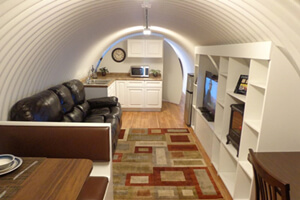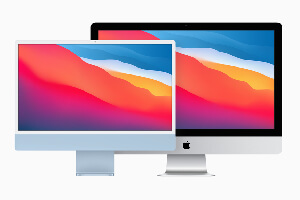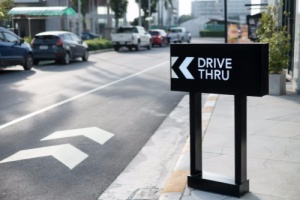What Is Carbon Pricing?
Hi, I’m Walaa, and I work here at the IMF, in a building full of economists. And you’re here because you want to know about…carbon? What’s that got to do with the economy? We’ll get to that.
First, what even is carbon? It’s an incredibly versatile element. It can take a million different forms – from coal to diamonds. It’s naturally occurring and in almost everything, including you and me. It’s what we use to keep the lights on, the cars on the road, and the planes in the air. And these are nice things.
But when we use carbon fuel, it emits carbon dioxide or CO2, and that causes all kinds of problems. CO2, along with a handful of other gases, traps sunlight, heating up the planet. This is causing extreme weather, rising sea levels, and droughts. It also makes people sick. It’s pretty bad. And if we don’t completely stop dumping CO2 into the air by 2050, it will get so much worse. So why do we keep emitting so much carbon dioxide if we know it’s no good for the planet or for us?
Well, carbon-based fuel is cheap to use, in large part because there’s no price tag on the damage it causes. But what if there were? That’s where carbon pricing comes in. It’s an idea where we’re paying not just for the energy but for the pollution we’re emitting as a result of using that energy. In that way, carbon pricing makes it so that energy sources that don’t emit CO2 – like solar and wind – more affordable than the dirty stuff. See? I told you we’d get to the economics of it all.
With carbon pricing, governments, companies, and individuals are more likely to switch to sustainable, cleaner, and cheaper forms of energy. We’d consume less and invest more in renewable sources. But we can’t expect countries to switch entirely to clean energy sources overnight. And we have to make sure that the transition away from carbon energy is fair for everyone. It’s an example of what experts call mitigation, a fancy word used to talk about stabilizing the climate by bringing emissions down to zero. It’s part of what we have to do to literally keep the planet livable and fast because 2050 isn’t that far off.
Carbon pricing alone isn’t an instant fix, but it is something that this building full of economists say is key to changing the equation, making it more expensive to keep polluting, and cheaper to save the planet, adding up to zero emissions, and cheaper to save the planet, adding up to zero emissions. That way, we can keep some of our nice things while keeping things nice.















